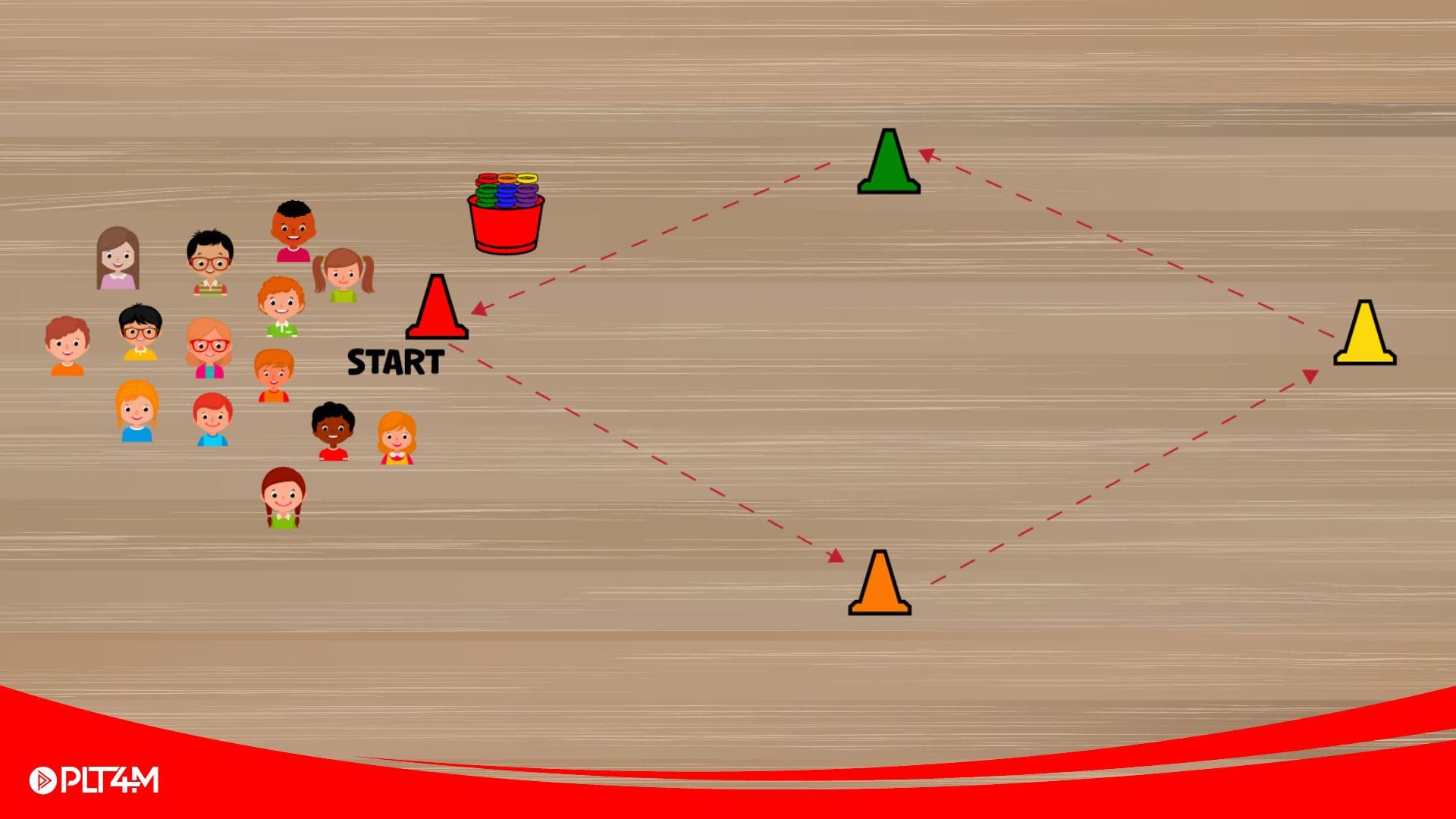We teachers and coaches are constantly faced with the challenging task of introducing new and inexperienced students and athletes to what many may call “the basics.” It is this foundation that we lay when they first walk into the gym, that serves as the basis for their long-term fitness and performance. Our responsibility, then, is to demonstrate and instill mastery of these basics within each and every athlete.
More often than not, this is easier said than done.
Take the push up, for example. The foundational “push” movement, it is the functional baseline for all of the pressing that we will ever use in a training program. When done well, it develops strict pressing strength, reinforces safe/powerful shoulder pressing mechanics, works midline strength & stabilization, and can even be used in a conditioning capacity during volume training.
All of that being said, the push up is also a movement that is daunting for new or inexperienced athletes. Athletes are also quite often embarrassed if they cannot complete a real push up and avoid attempting it at all. What’s more, it’s also a movement frequently mis-coached and mis-performed.
So how can we help all of our athletes become masters of the push up?
First, we must articulate, completely but concisely, the points of performance that constitute a perfect push up.
1. Hand Placement – Palms flat on the ground, fingers forward, just outside of the shoulders.
2. Elbow Path – Shoulders remain externally rotated, tracking the elbows back towards the lats/rib cage, not flaring out to the side.
3. Midline Position – Core should remain engaged through the lift, maintaining a neutral spine. Hips should not sag, or move independent of the torso (think the worm style push up). Hips should never hit the ground and should move in time with the shoulders.
4. Full ROM – Chest must touch the floor at the bottom (not the abs) and elbows must lockout fully at the top.
Once you have defined & demonstrated the elements of a good push up, you look for common faults and work to correct them. For a few athletes, this may be as simple as verbal cues changing hand placement or engagement of the core. As great educators, though, we must also acknowledge that not every one of our charges will be capable of a perfect rep on Day 1 no matter what we say. Even with an understanding of the movement, some athletes will lack the pressing or midline strength required. In fact, at first, most students and athletes will likely struggle to complete even 1 perfect push up from the floor. Should we just throw athletes to the fire and let them struggle until they’ve figured it out or quit in the process? Of course not. Our goal is to progress students through a range of movement variations that continually challenges their capacity while simultaneously reinforces great positioning and technique. In regards to the push up, we here at PLT4M opt to scale difficulty of the press through elevation. By taking the press off of the floor (via a box, bench, desk, or other object), we decrease the force necessary to press to full lockout (changing the percentage of bodyweight the press moves and midline must support). This progression allows for the athlete to perform any prescribed volume of push ups in a given workout (thus developing their capacity) while not sacrificing form or the midline stabilization component (like in a push up from the knees). Once an athlete develops consistency at a given height, we move them down, increasing the difficulty. This consistent focus on appropriate movement mechanics, while progressing through an increasing level of difficulty results in the eventual completion of perfect reps from the floor. Scale your push ups appropriately from the beginning, and your students and athletes will be pro’s in no time!






